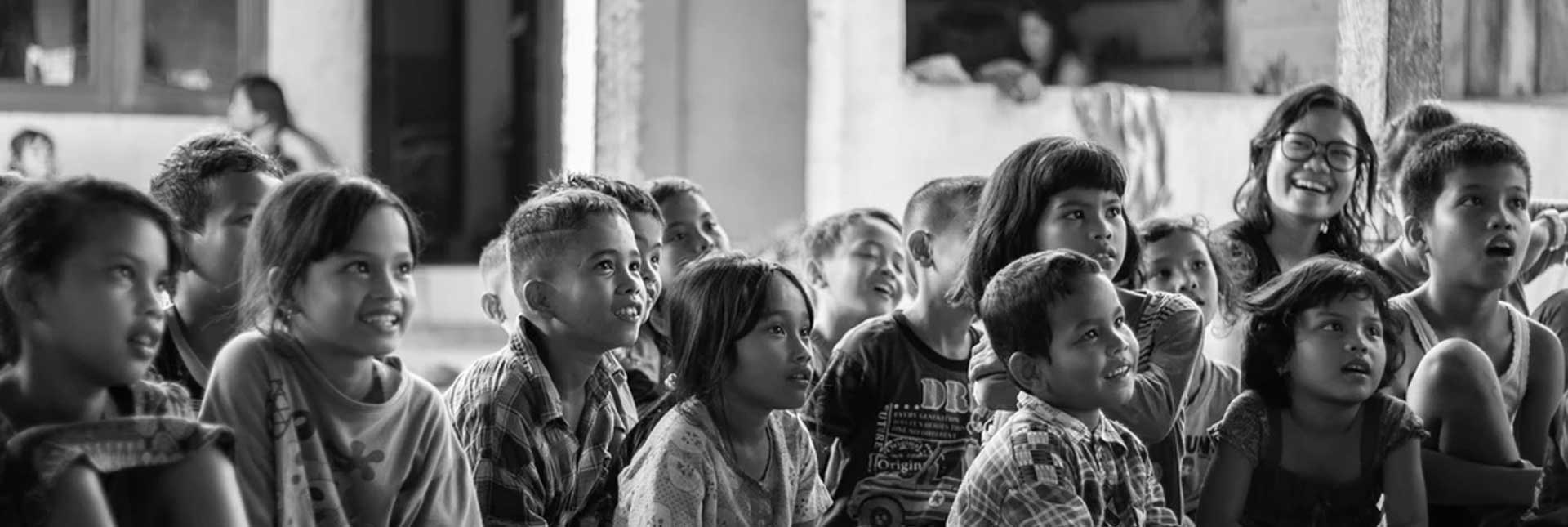
Blog Details
On behalf of rotary india literacy mission (RILM) as the third party evaluator turnstone global reached to evaluate the work done by the implementing organization ,Lutheran world service India trust (lwsit).The visit was plan for west bengal , birbhum, dumka and Jharkhand to rule out the absentees among those students of non formal schools who had been mainstreamed by admitting them in local government school .During the visit only 52.66% children were found in the school and rest of others were absent as this is harvesting season of potato and most of the children work with their parents in the cultivation land during this time to bring some extra money for their family. The lack of financial sustainability of the families pushes the children towards working for their families and, it’s the biggest reason for children are absent from schools during the visit. Now it’s the time for potato harvest and, children are working in the fields to earn quick money.
As per Unicef’s definition of child labour in 1997 it has been stated “children’s work needs to be seen as happening along a continuum, with destructive or exploitative work at one end and beneficial work – promoting or enhancing children’s development without interfering with their schooling, recreation and rest – at the other. And between these two poles are vast areas of work that need not negatively affect a child’s development.”
As per the report of Unicef in 1997 there are some myths related to child labor:
1. It is the only problem in developing countries.
2. Most of the child labours can be found in sweet shops.
3. Elimination of poverty can eliminate the curse of child labour.
4. Only ruling government has the power to stop child labour and it can be achieved by pressuring and boycotting the government throughout our surveillance.
The team of turnstone global it has been evident that apart from poverty following are those other reasons of growing numbers of child labours :
1. Child abuse
2. Carelessness of employers
3. Lack of accessibility of compulsory free education and proper health care
4. Limited choices for house hold women
5. Weak enforcement of relevant laws and irregular monitoring
6. Curse of globalization and low labour costs
In 1997 in “roots of child labour” Unicef said “children are employed because they are easier to exploit”
There are few solutions to stop the child labour:
1. Increased the family income by alternate employment
2. Enhanced the skill training program which will enable them to earn their living .
3. Social awareness generation by organizing camps ,seminars ,street acting on the curse and ill effect of child labour on our society and how it become a hindrance of the progress of our nation .